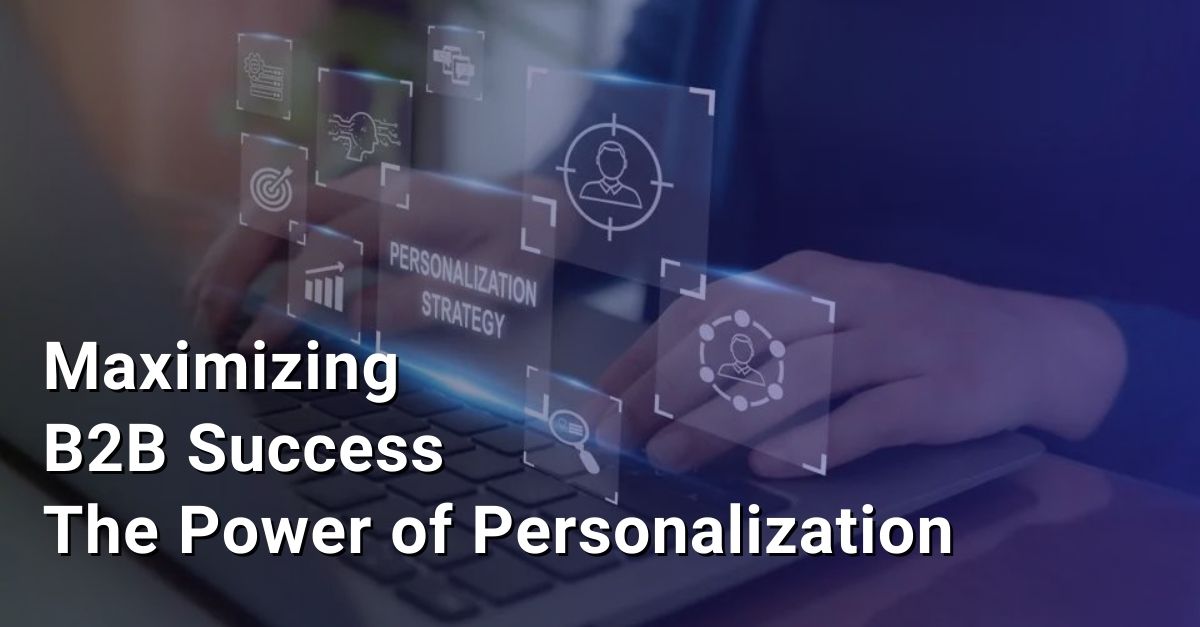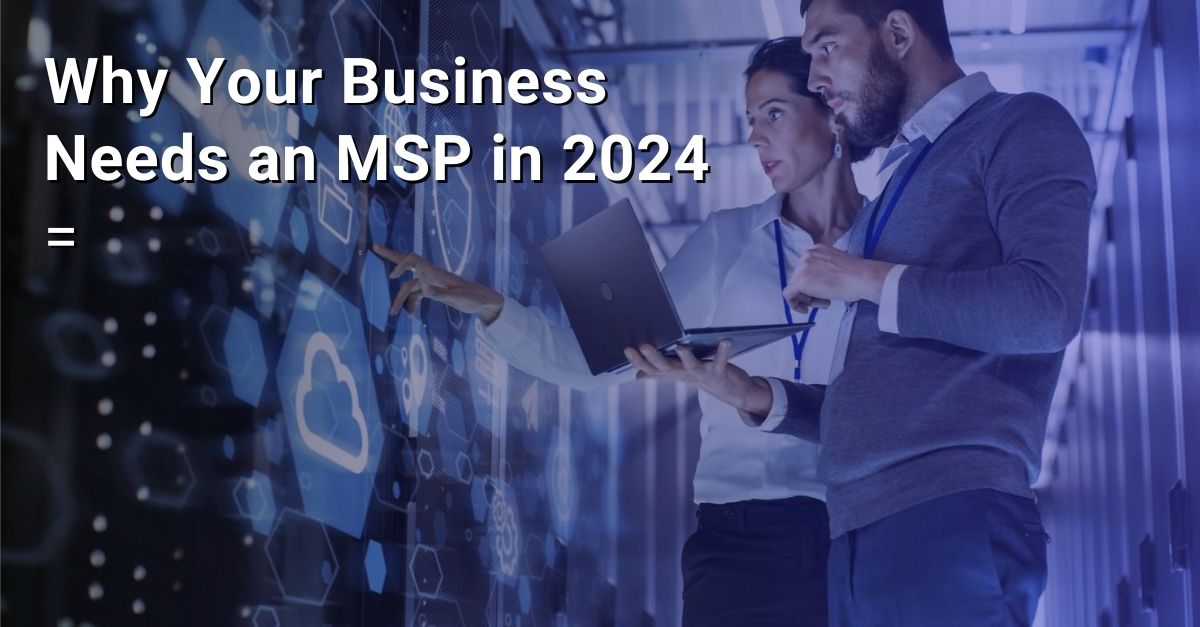A strong CMS is crucial to your business’s digital identity, streamlining content management and shaping user experiences. Upgrading your CMS is more than a technical task; it’s a strategic business choice with both tangible and intangible benefits. Upgrades enhance operational efficiency, user experience, security, and compliance, significantly impacting your digital strategy. Understanding these benefits allow business owners, digital marketers, and IT professionals to make decisions that drive business growth.
Understanding CMS and Its Role in Business
A Content Management System (CMS) is vital for a business’s digital presence, serving as a crucial tool for creating, managing, and publishing content across various platforms. Beyond content management, your CMS is vital for digital marketing, allowing businesses to quickly adapt to market trends and manage customer experiences effectively.
CMS enhances operational efficiency by enabling non-technical staff to easily manage digital content, fostering better collaboration and a dynamic online presence. In essence, a modern CMS is a strategic asset for communication, brand strengthening, and competitive edge in the market, making its upgrade a vital step for staying ahead in business.
The Need for Upgrading: Signs and Triggers
Recognizing when to upgrade your CMS is key to maintaining a competitive edge, with several indicators signaling the need for an upgrade. The usual signs include incompatibility with modern web standards leading to poor user experience and SEO issues; increased security vulnerabilities; limited functionality and integration issues as business needs evolve; decreased performance affecting user experience and website traffic; user and admin challenges due to a difficult-to-navigate CMS; and inability to adapt to evolving market trends and consumer behavior. Addressing these through a timely CMS upgrade enhances growth opportunities and improves engagement.
Calculating ROI of CMS Upgrades
Calculating the ROI of a CMS upgrade is crucial for data-driven decision-making, encompassing initial and ongoing costs, efficiency gains, improved user experience and conversion rates, SEO enhancements, risk mitigation, and competitive advantage. The process involves assessing costs like software investment, content migration, and staff training, alongside benefits like time savings, increased traffic and sales, and reduced security risks. The ultimate goal is to balance the financial investment against a variety of direct and indirect returns, including operational efficiency and market positioning, to determine the overall value of the upgrade.
Beyond ROI: Qualitative Benefits of Upgrading
The qualitative benefits of a CMS upgrade are crucial, offering long-term value and a competitive edge. These benefits include enhanced user experience through improved layouts and navigation, leading to greater user satisfaction. They also encompass broader content reach and audience engagement due to advanced distribution tools, increased flexibility and scalability for growing business needs, and improved collaboration and workflow efficiency. Additionally, upgrading a CMS future-proofs the business by incorporating technologies like AI and maintains brand consistency across digital platforms. Altogether, these advantages contribute significantly to a robust and dynamic digital presence for any business.
Overcoming Challenges and Mitigating Risks
Upgrading a CMS involves challenges like budgetary constraints, potential downtime, data migration risks, user adoption issues, and compatibility concerns, which can be effectively managed with careful planning. Developing a comprehensive budget, minimizing operational disruptions, ensuring robust data security, involving users early in the process, and addressing compatibility are key strategies. By anticipating these issues and taking proactive steps, your businesses can navigate its CMS upgrade smoothly, enhancing performance and minimizing risks, with a successful transition to your new digital infrastructure.
Upgrade Projects
Asponte Technology has navigated many complex upgrades providing solutions tailored to our clients’ unique needs. Here are some real-world stories showing how Asponte’s expertise in delivering CMS upgrades that meet technical requirements, drive business growth, and enhance the user experience.
HCL DX Portal Upgrade Project for a Major State Agency
Challenge: The Massachusetts Department of Revenue faced a pressing challenge with an outdated version of IBM WebSphere Portal, which posed significant security risks. With an expiring support agreement and the need to maintain uninterrupted citizen services, they required a swift and effective upgrade to their system.
Asponte’s Approach: Asponte collaborated with the Massachusetts Department of Revenue through HCL Software’s DX Lab Services team. The project encompassed planning, migration, testing, and transitioning to operations. The team utilized HCL DX v9.5, RHEL v7.9, and Oracle v19.10 to achieve the upgrade.
Results: The project successfully migrated 9 different environments to updated systems, significantly enhancing security and functionality with HCL DX v9.5, RHEL v7.9, and Oracle v19.10. A Lift & Shift migration strategy was employed to build new servers, install updated software, and deploy the existing codebase.
Our team also tackled a unique challenge by decoupling build dependencies between custom portlets and web services, leading to reduced testing and deployment times. The transition from IBM RAD to the open-source Eclipse IDE not only streamlined development but also provided cost savings. Post-migration, the Department of Revenue experienced improvements in platform accessibility, time savings, vulnerability remediation, and overall development process, ensuring a more efficient and secure system for managing state taxes and other critical functions.
Pepsi’s IBM WebSphere Portal 8.5 Migration / Upgrade
Challenge: Pepsi sought to migrate from its existing Vignette portal to WebSphere Portal 8.5, facing challenges in migrating legacy portal format pages and wanting to utilize new features offered by WebSphere Portal 8.5.
Asponte’s Approach: After evaluating Pepsi’s migration plan, Asponte led the process, utilizing IBM’s Portal Page Migration Tool. They also conducted custom training classes for Pepsi’s team, focusing on new features of WebSphere Portal 8.5, performance baselines, and testing methodologies.
Results: Asponte’s strategy enabled Pepsi to merge existing installs with migrated content efficiently, avoiding duplicated effort and unnecessary costs on temporary provisioning hardware.
National Healthcare’s Platform Upgrade and UI/UX Redesign
Challenge: Following the Affordable Healthcare Act, National Government Services (NGS) needed a complete digital evolution, requiring a site redesign and the replacement of their existing system, Connex, with IBM WebSphere Portal to provide a unified digital experience featuring Single Sign-On (SSO).
Asponte’s Approach: Asponte implemented a two-phase redesign. The first phase focused on improving content architecture and search functions, while the second phase enhanced site functionality and laid the groundwork for a unified digital experience, including SSO and unified account management.
Results: The project resulted in a 50% reduction in navigational burden for users, a more secure and clean environment, faster content access, and improved end-user satisfaction, as evidenced by increased ForeSee survey scores.
Conclusion
Upgrading your CMS is a necessary strategic move that redefines audience engagement, content management, brand positioning, operational efficiency, and user experience. It’s crucial to consider costs, business needs, and future trends when making this decision.
The right investment in a CMS upgrade can lead to a more dynamic, secure, and effective digital presence. Businesses should assess their current CMS against evolving needs and consider upgrading if gaps or improvement potential are identified. Engaging with experts and seeking professional advice can help in transitioning to a CMS that addresses both current demands and future growth.
Ready to take the next step? [CONTACT US]




